Light Emitting Diodes
Guest post by Andrew Boyd
Today, we get the LED out. The University of Houston presents this series about the machines that make our civilization run, and the people whose ingenuity created them.
We typically don't think much about artificial light. Flip a switch and voilà, the lamp comes on. But behind the scenes things are changing.
Electric lighting took off in 1879 when a team working for Thomas Edison created the first commercially successful light bulb. It was based on incandescence ' heating a wire filament until it glowed. Incandescence is incredibly inefficient. Only five percent of the energy goes toward light. The rest winds up as heat.
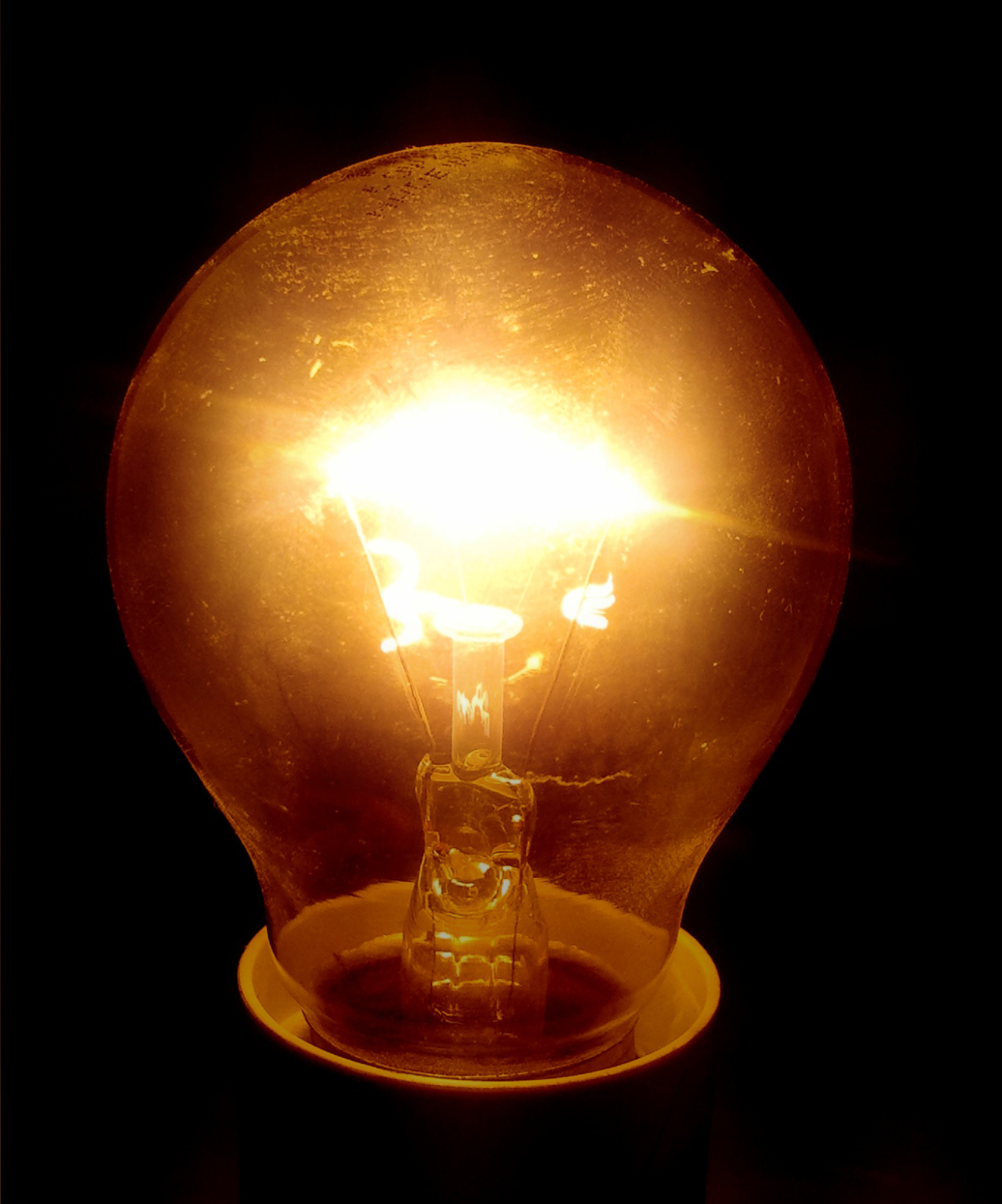
Incandescent bulb lit Photo Credit: Wikimedia Commons
The first fluorescent lights arrived in 1936. Fluorescent lights work by exciting the atoms of gas in an enclosed tube. They're far more energy efficient than incandescent bulbs, using about 75 percent less energy. But fluorescent lights have well known drawbacks. They can buzz, the light can cause headaches, and they contain mercury.
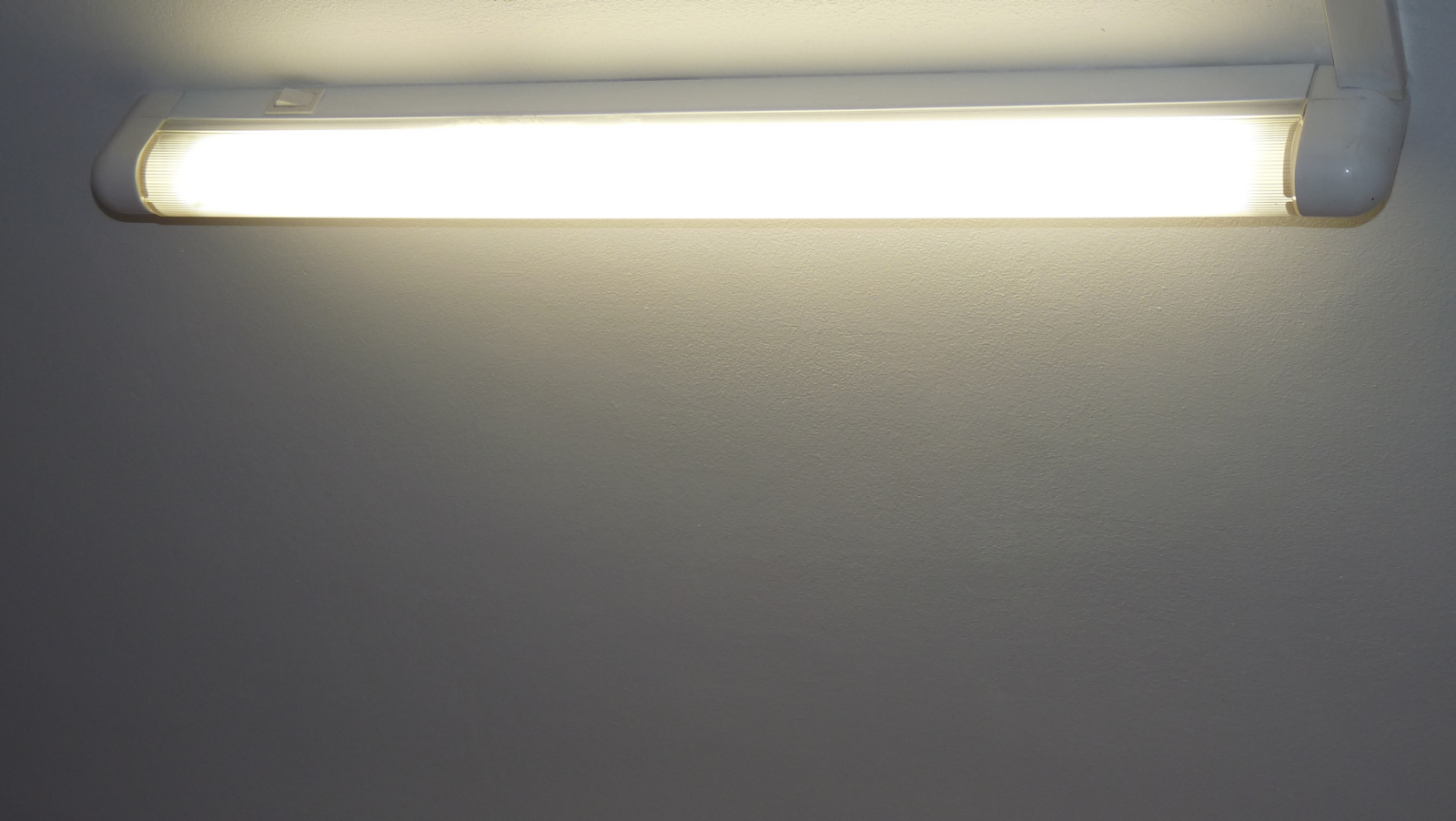
Fluorescent lamp Photo Credit: Wikimedia Commons
The latest technology comes in the form of light emitting diodes, or LEDs for short. LEDs are simple semiconductors designed to give off light when fed with electricity. The earliest LEDs showed up as small indicator lights on lab equipment in the 1960s. Most of us first ran into them on the numerical displays of clocks and calculators in the form of those squarish-looking red numbers.
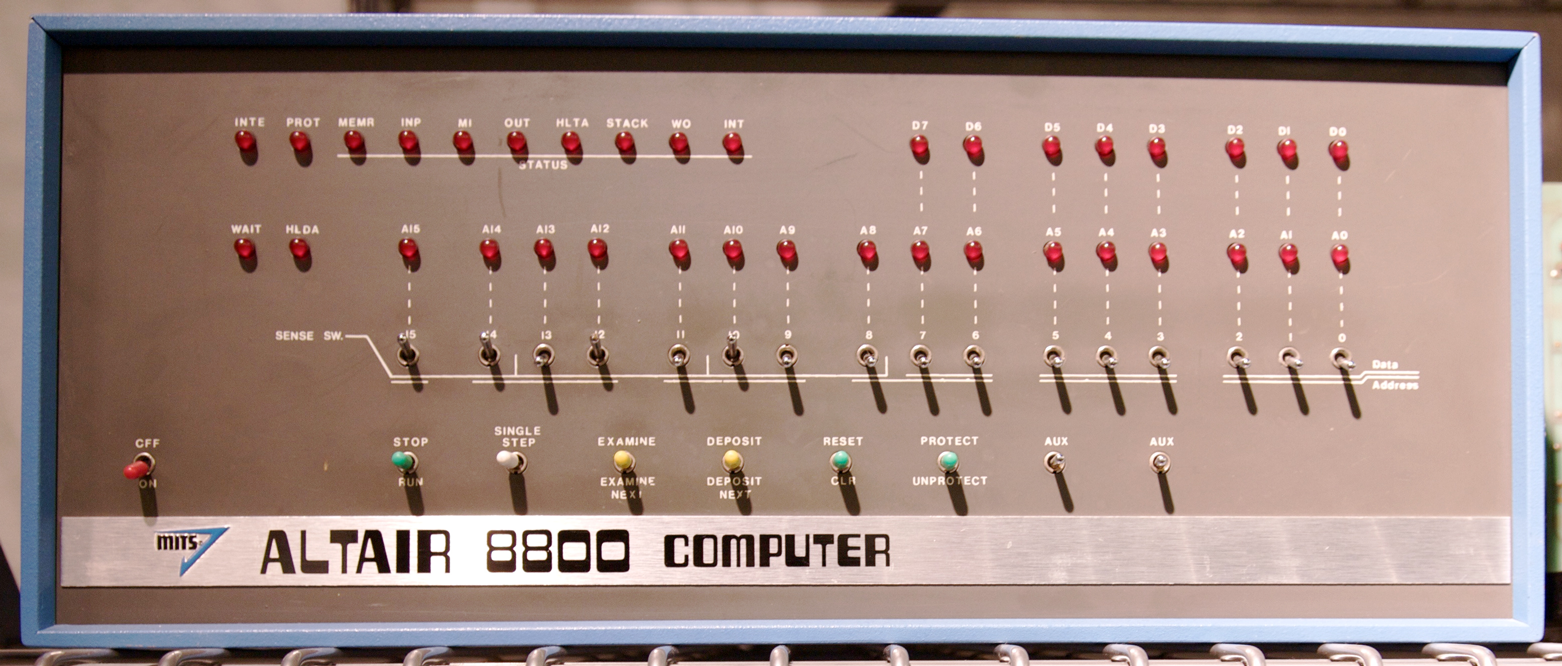
Altair 8800 at the Computer History Museum Photo Credit: Wikimedia Commons
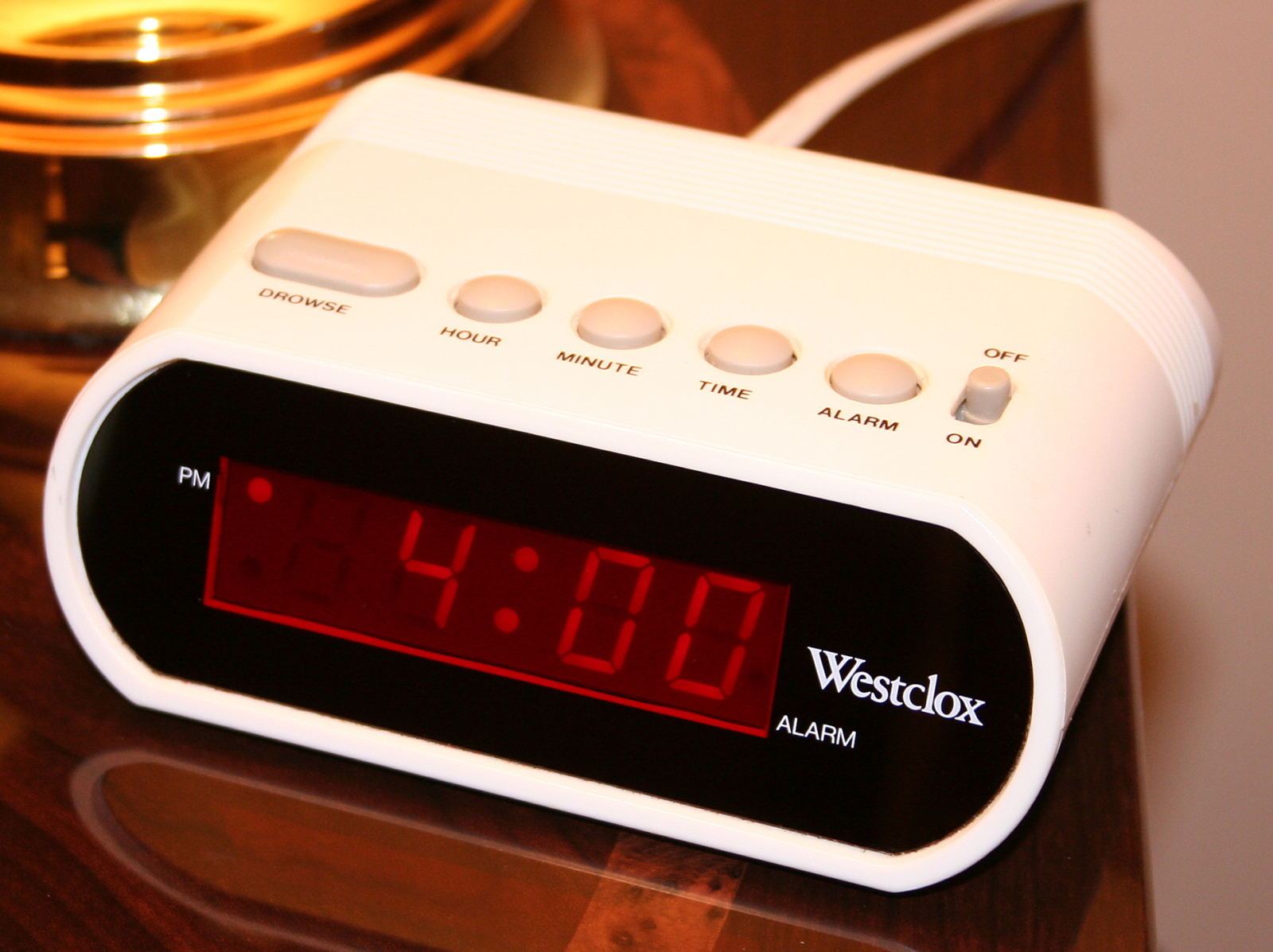
Digital alarm clock of a basic design without a radio. Photo Credit: Wikimedia Commons
LEDs are of special interest because they're so energy efficient and durable. An LED light uses 80 percent less energy than Edison's incandescent bulbs and will last 25 times longer. The rub, of course, is that they're more expensive. And herein lies the key question: what can engineers do to bring the price down?
The question's especially interesting because LED technology presents such a vast array of options and challenges. LEDs are typically pretty small, starting at a fraction of an inch and moving downward. So the size and arrangement of LEDs in a bulb are as important as the brightness of each component. The light from LEDs is directional, like that of a flashlight, leaving engineers to ponder how to create a more diffuse light.
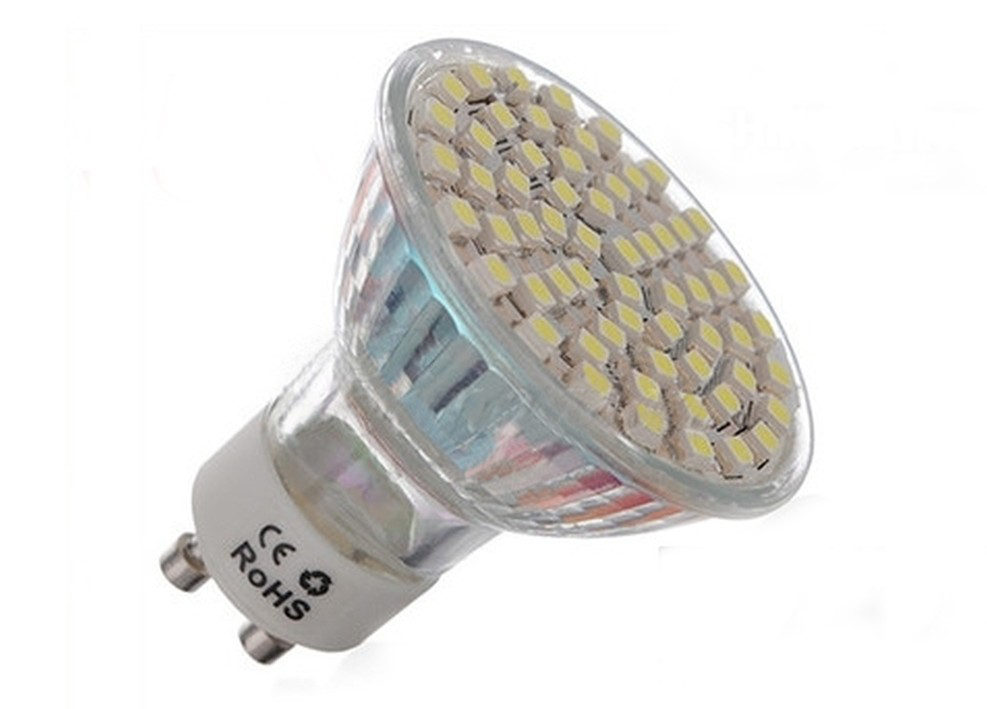
60 LED 3W Spot Light equivalent to 25W halogen Photo Credit: Wikimedia Commons
Color is yet another challenge. LEDs that generate red and green light were developed early on. But blue LEDs were elusive. Without blue, the colors couldn't be mixed to achieve white light. Finally, in the early 1990s, Isamu Akasaki, Hiroshi Amano and Shuji Nakamura found the answer. Their work proved so significant they received the 2014 Nobel Prize in Physics. In addition to calling the work "revolutionary," the prize committee wrote, "Incandescent light bulbs lit the 20th century; the 21st century will be lit by LED lamps."
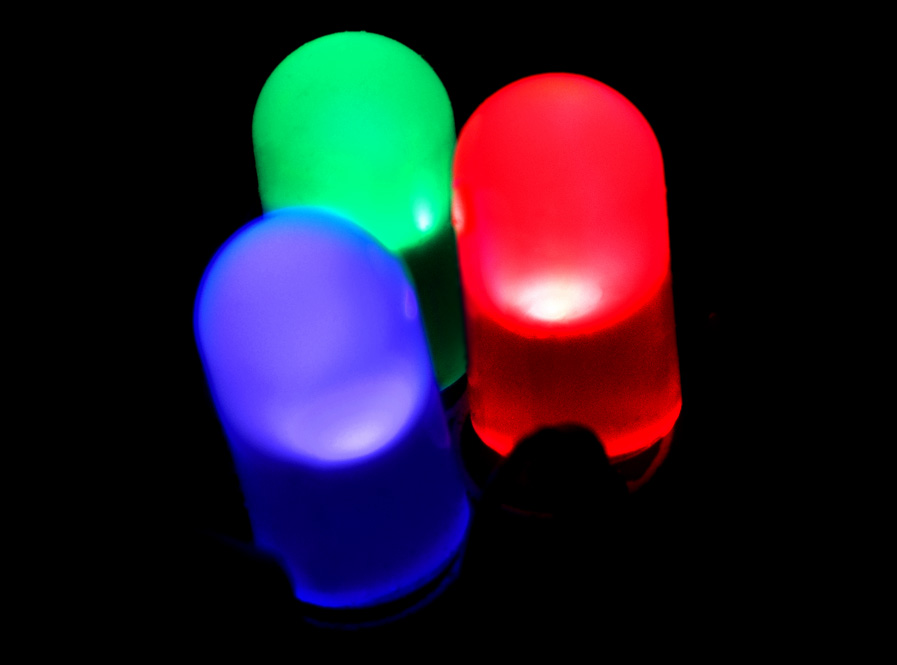
R, G, and B LEDs Photo Credit: Wikimedia Commons
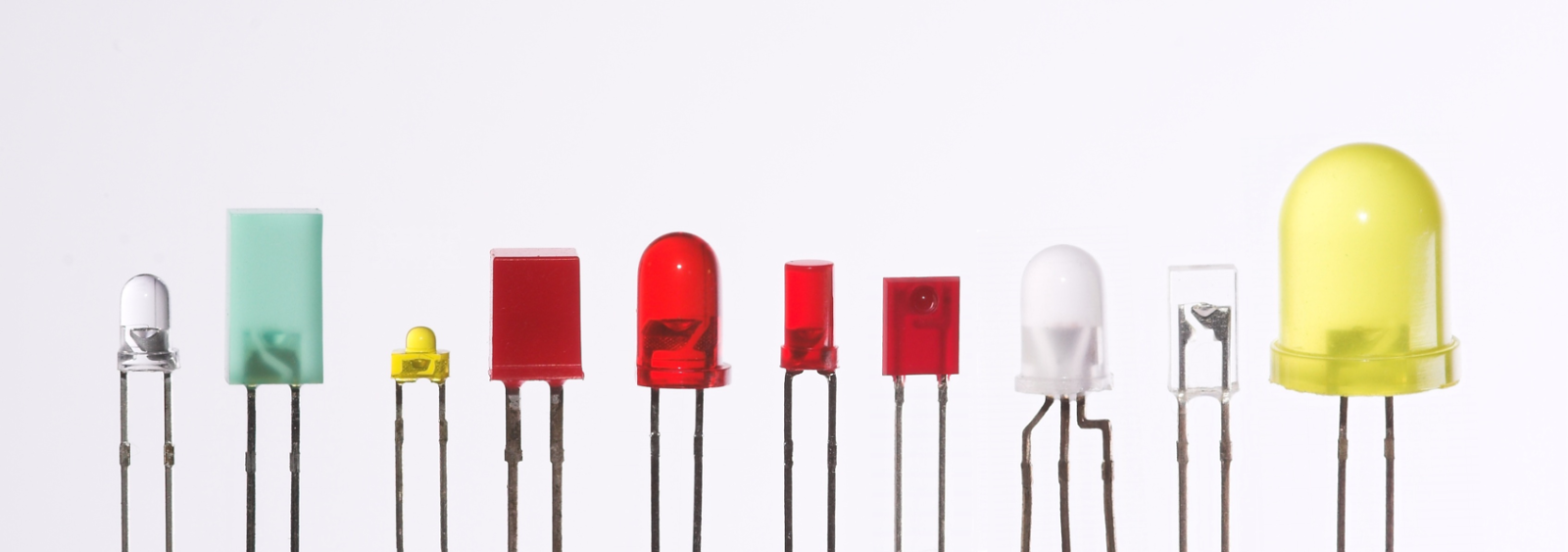
LEDs in different casings. Photo Credit: Wikimedia Commons
That remains to be seen. Though given the nature of the challenges we face, I'd have to agree. As Thomas Edison liked to say, the most certain way to succeed is to try just one more time.
I'm Andy Boyd at the University of Houston, where we're interested in the way inventive minds work.
(Theme music)
For one of many related episodes, see LIGHT BULB.
In electronics a diode is any device that allows current to pass far more favorably in one direction than the other. Not all diodes emit light, and not all diodes, light emitting or otherwise, are made using semiconductors. Still, most of the discussion surrounding modern LEDs centers on semiconductors. For brevity, the essay describes LEDs as "simple semiconductors designed to give off light when fed with electricity."
Thanks to Dr. Badri Roysam of the Department of Electrical and Computer Engineering at the University of Houston for bringing this topic to my attention.
J. Latson. How Edison Invented the Light Bulb, And Lots of Myths About Himself. Time, October 21, 2014. See also: http://time.com/3517011/thomas-edison/. Accessed December 15, 2015.
The History of Fluorescent Lights. From the website: http://inventors.about.com/library/inventors/bl_fluorescent.htm. Accessed December 15, 2015.
LED Lamp. From the Wikipedia website: https://en.wikipedia.org/wiki/LED_lamp. Accessed December 15, 2015.
New Light to Illuminate the World. From the Nobel Prize website: http://www.nobelprize.org/nobel_prizes/physics/laureates/2014/press.html. Accessed December 15, 2015.
This episode was first aired on December 17, 2015